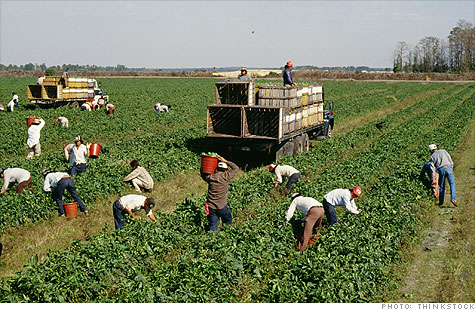Jennifer Nguyen Bernal
Professor Valverde
ASA 114
In the reading “Whose community is it anyway?: Oversea Vietnamese Negotiating their cultural and Political Identity - The Case of Vice Mayor Madison Nguyen” by Kieu-Linh Valverde explain the controversial topic of naming the San Jose business district, something other than “Little Saigon”which cause a recall election of Madison Nguyen. Since Madison Nguyen was against the idea of calling the business district “Little Saigon,” some members of the Vietnamese Community accused her of corruption and that she has a connection with the communist party. Even when the Vietnam War ends, generations of Vietnamese Americans in America still have a strong feeling of anticommunism embedded in the Community. Valverde explains the cultural and political factors that the name Little Saigon affects members of the Vietnamese American Community.The community struggle keeping the connection to the homeland, adapting to the culture and ideas of America, and compromise new ideas within the Community. These ideas are causing friction within the Vietnamese Community since this reminds them of the Vietnam war, being anticommunist, and adapting to the ways of the host country. Vice- Mayor Madison Nguyen found herself against the Vietnamese Community since the silent majority spoke up of what they wanted for the Vietnamese Community. The idea of not naming “ Little Saigon” caused controversial decision factoring in the Vietnamese diaspora and politics behind the name. The Vietnamese Community expects the Community to have the same mindset to the issues that they deal with within the Community, but need to realize that difference in the Community is necessary. For the Vietnamese Community, there is a challenge for change and acceptance for cultural, traditional, and political ideas. Older members of the Vietnamese Community felt that Madison went against since she didn’t choose the name “ Little Saigon” for their Community.Despite what she fought and supported the Vietnamese Community, some members of the Community felt betrayed and accused her of being communism since “Little Saigon” holds a firm idea of communism to them due to the war. Madison clenched her ground by explaining, and being patient with her Community since it will benefit her Community. “Little Saigon advocates claimed that the name alone represented the refugee experience, freedom , democracy, and nationalism”( Valverde 123). Little Saigon advocates felt that without this name, they are supporting communism. There were members that did not feel the connection to Little Saigon, but sympathize with the older generation who didn’t understand institution in America. They think that Little Saigon connects them to other communities across America and connection to the homeland, the feeling of diaspora.Members of the Community have a strong pull to keep the community anticommunism, they have resorted to violence, and threats to those who are against them. Vice-mayor Madison is supporting the Vietnamese diaspora in San Jose by accepting the South Vietnamese flag as the official flag and other symbolism of diaspora that is important to the Vietnamese Community. She is part of the generation who focus on connecting and understanding with the older generation, but fighting for change to express their views and the respect that American never gave. The controversy of Little Saigon shows how Madison Nguyen overcame the idea of anticommunism within the Vietnamese Community, which change the politics for Vietnamese Americans. For her to reach this point, she had to overcome Vietnamese traditional norms,gender roles, and class . The Vietnamese American Community has different generations that are assimilating in different ways in the Community but does not acknowledge different ideology in America.
Since the name Little Saigon offer a deep meaning to some members of the Vietamese community, how would naming the business district differently change for San Jose since popular cities like Los Angeles and San Francisco have Vietnamese communities represent themselves as “ Little Saigon”?How can the community of San Jose represent these other communities that also want to represent what is important to them and their identity?
Valverde, Kieu-Linh Caroline. Transnationalizing Viet Nam: Community, Culture, and Politics in
the Diaspora. Temple University Press, 2013.
https://www.mercurynews.com/2017/01/05/judge-rules-san-jose-council-violated-brown-act-in-little-saigon-dispute/










